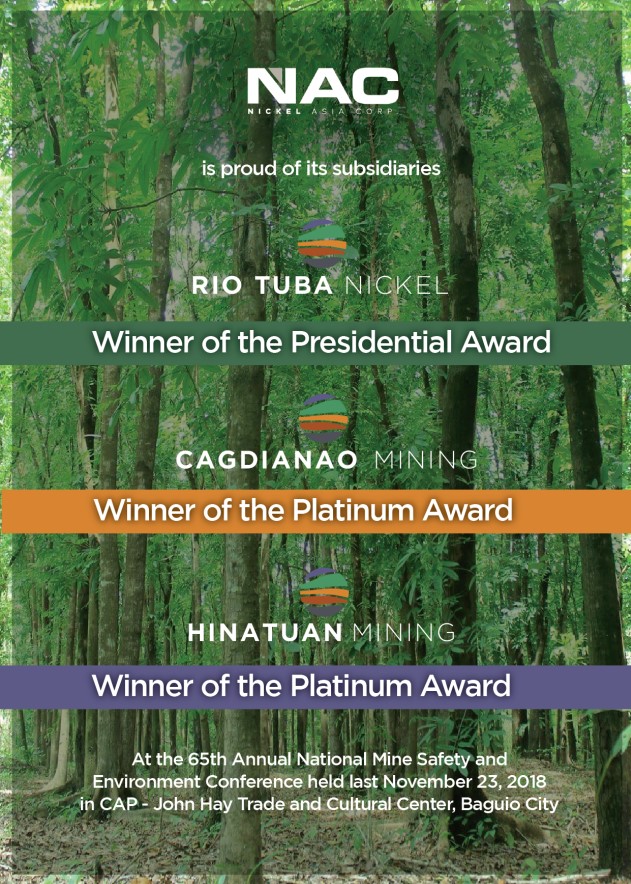HARVEST TIME
Hybrid rice program saves $23.25 M from rice imports
By Sosimo Ma. Pablico
THE government’s hybrid rice commercialization program [HRCP] saved the country from importing US $23.25 million or PhP1.255 billion worth of rice in 2002 to 2004.
This was one of the salient findings of a midterm evaluation of the HRCP by a team of researchers from the Sikap/Strive Foundation and PhilRice [Philippine Rice Research Institute] led by noted economist Dr. Leonardo A. Gonzales.
The researchers found that from 2002 to 2004, the Philippines saved PhP1,255,632,462 due to hybrid rice production. With an exchange rate of PhP54 to the dollar at that time, the country saved $23,250,601.
As the production area for hybrid rice increased from 28,379 hectares [ha] in 2002 to 80,061 ha in 2003 to 208,342 ha in 2004, milled hybrid rice production also steadily increased from 7,0943.75 metric tons [mt] in 2002 to 52,085.50 mt in 2004.
Hybrid rice production increased from 29,223 mt of rough rice in 2001 to 1,091,258 mt in 2004. Ten percent of the total rice production from irrigated in 2004 consisted of hybrid rice.
Dr. Gonzales said the financial and economic benefits of the HRCP far exceed its costs with benefit-cost ratios estimated at 1.62 and 1.17, respectively.
Hybrid rice also generated a total of 85,266 jobs from 2002 to 2004 because the labor requirements for hybrid rice production are much higher than for inbred rice.
In the two-year period, the HRCP benefited a total of 247,887 hybrid rice farmers and 1,857 seed growers who derived much higher income than from inbred rice.
In addition, the program induced synergies between hybrid and inbred rice farmers in terms of lower seed use per hectare, soil analysis, integrated nutrient and pest management, and synchronous planting, among others.
The researchers concluded that the HRCP shows encouraging results in the improvement of farm management practices among hybrid and inbred farmers as well as among seed growers, leading to the attainment of higher yields, improved factor productivity, and overall efficiency.
They added that the implementation of succeeding programs must consider nine outstanding issues learned from the HRCP: politics of HRCP; target setting; understanding the technology adoption curve; R&D, technology promotion and training central to national capacity form hybrid rice development; seed subsidy and budgetary support; credit repayment rates; private sector model for marketing hybrid seed; seed quality and control system; and the role of traders, millers, and consumers in the rice supply chain.
Dr. Gonzales said the issue on seed subsidy is highly contentious even as he added that it is one of the most effective policy instruments to jumpstart technology adoption at the farmer level. However, if it becomes a permanent feature of a program, it leads to long term dependency on public sector funding, which is not sustainable.
He stressed that the seed subsidy policy must have a strong basis for its initial introduction, as well as a well-defined phase-out period. The estimated time frame should allow the major investors in the program ample time to recoup their investments, he said.
He explained that the landed cost of imported hybrid rice seeds from India in 2001 was the basis of the hybrid rice seed price of PhP120 a kilo [PhP2,400/bag of 20 kg] and of the 50 percent subsidy to farmers. At that time, the average yield of local hybrid rice seed producers was less than 355 kg/ha.
The price subsidy scheme from 2002 wet season to 2004 wet season was through a contract agreement between PhilRice and the seed growers, guaranteeing the price of PhP2,400/bag of hybrid rice seeds, to be paid upon delivery to PhilRice or designated regional field unit or LGU offices.
In the 2004-2005 dry season, however, hybrid rice seed growers were already paid PhP1,750/bag upon delivery to the farmers and they also collected the balance of PhP650 from the farmers. By 2005 wet season, the news was that the PhP1,750/bag would be further reduced to PhP1,350, and the difference of PhP1,050/bag would be collected by the seed growers themselves from the farmers upon delivery.
“The difficulty in the current phase-down process is lack of a clear understanding about the major criteria of the phase-out from the very beginning of the program,” Gonzales said. “There were no mutually clear, accepted, verifiable indicators on which to base rational decisions among policy makers and seed growers, especially on the level and phase-out of the subsidy.”
Gonzales added: “At the stage of development of most private and cooperative-based seed producers in crop year 2005, it would be interesting to assess whether they can stay financially viable for three years (2005-2008) with the subsidy price phase-out. This is central to the policy strategy between the government and the major stakeholders of the HRCP.”
“The bottom line, however, is the need for continuous budgetary support from the government to sustain the HRCP,” he concluded.
(For past columns, click http://sundaypunch.prepys.com/archives/category/opinion/harvest-time/ Readers may reach columnist at spablico@yahoo.com . For reactions to this column, click “Send MESSAGES, OPINIONS, COMMENTS” on default page.)






